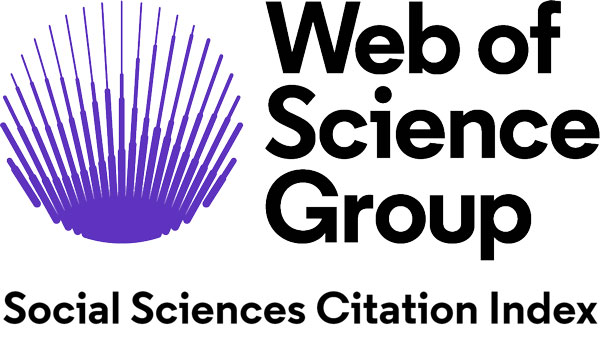Abstract
As a first-grade primary school teacher (the first author) in this action research, I aimed to develop my students’ emotional literacy skills regarding four emotions, namely “sadness,” “fear,” “anger,” and “anxiety.” I conducted the study with my 16 first-grade students at a private primary school in Ankara during the spring term of the 2021-2022 academic year. I first determined my students’ emotional literacy skill levels by the “Emotion Regulation Skills Scale.” Then, I designed and applied 14 action plans consisting of 55 teaching activities for the three components of emotional literacy (i.e., the sub-skills of emotion recognition, expression, and regulation) for 14 weeks and five hours each week. I designed the teaching activities with the theme “Lili and Zozo’s Journey to the Emotions Galaxy.” I collected the qualitative data through participant observations, reflective journals, video recordings, and feedback from my students, Validity Committee members, and parents. In addition, I gathered post-measurement scores by re-applying the “Emotion Regulation Skills Scale.” I analyzed the qualitative data descriptively while I followed the directions provided in the scale for the quantitative data. As a result of the teaching activities I applied in the research, I identified significant improvements in my students’ emotional literacy skills. Regarding the pre- and post-measurement results in recognizing emotions, all the students improved the skill of identifying all four emotions, except for one student for “sadness,” one for “anxiety,” and two for “fear.” Regarding the pre- and post-measurement results in expressing emotions, the most significant improvement happened in feelings of fear and anxiety. While only five students could express “fear” in pre-measurements, this number increased to 15 in post-measurements. Similarly, while only one student could express “anxiety” in pre-measurements, this number increased to 11 in post-measurements. Concerning the pre- and post-measurement scores in regulating emotions, all students ultimately improved. All my students acquired the ability to control all four emotions. In addition, using Lili and Zozo dolls in the teaching activities increased students’ interest, made their learning more enjoyable, and contributed positively to their emotional literacy skills. Based on my experiences in the study, I provided some suggestions for educators.
Keywords
Emotional literacy, Emotion recognition, Emotion expression, Emotion regulation, First-grade primary school students, Action research
DOI: http://dx.doi.org/10.15390/EB.2025.13193







